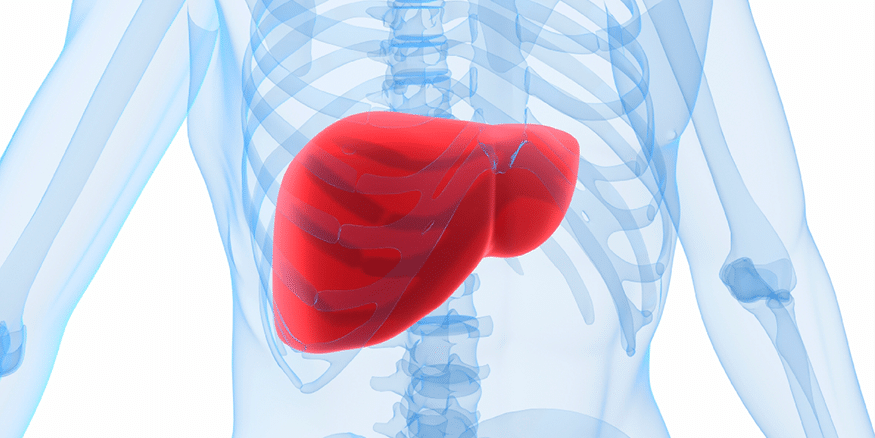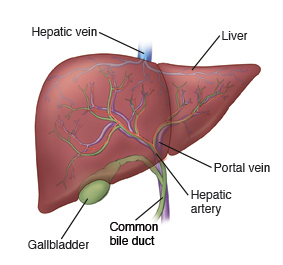CHAPTER SIXTEEN INTEGRATION OF METABOLISM 1 The liver performs all of the following functions except a Blood glucose and regulation b Processing of foreign molecules c Storage of energy in the form of fatd Synthesis of plasma protein e Synthesis of urea Ans-C. Blood glucose regulation B.

Liver Anatomy And Functions Johns Hopkins Medicine
However the bile produced by the liver is stored in the gall bladder.

. The liver is the largest solid organ in the body. The liver breaks down many more fatty acids that the hepatocytes need and exports large quantities of acetoacetate into blood where it can be picked up and readily metabolized by other tissues. Synthesizing plasma proteins c.
Formation of bile 5. The body cannot dispense with the livers contribution to protein metabolism for more than a few days without death ensuingThe most important functions of the liver in protein metabolism as summarized from Chapter 69 are the following. The liver processes this blood and breaks down balances and creates the nutrients and also metabolizes drugs into forms that are easier to use for the rest of the body or that are nontoxic.
Storage of energy in the form of TAG D. Production of bile and phagocytosis. Some of the more well-known functions include the following.
The liver performs all of the following functions except A. Deamination of amino acids. During fasting and prolonged starvation skeletal muscle.
View the full answer. It removes toxins from the bodys blood supply maintains healthy blood sugar levels regulates blood clotting and performs hundreds of other vital functions. A bulk of the lipoproteins are synthesized in the liver.
Production of hormones 2. This is a Most important question of gk exam. Detoxification of the blood.
QUESTIONS The liver performs all of the following functions EXCEPT for a storing excess glucose b. The liver is extremely active in oxidizing triglycerides to produce energy. Storage of glucose as glycogen E.
It is located beneath the rib. The liver performs several essential functions in the body which include. Detoxification of toxins 3Storage of glycogen 4.
Therefore storage of bile is not a function of the liver. More than 500 vital functions have been identified with the liver. Protein is degrades to provide amino acids to the liver for gluconeogenesis.
Formation of urea for removal of ammonia from the body fluids. Synthesis of urea 2. C Storage of energy in the form of fat.
Processing of fructose C. The Liver and Its Functions. Storing vitamins and minerals Od secreting digestive enzymes into the small intestines O e producing bile Question completion The.
Major examples of the role of the liver in fat metabolism include. Protein and lipid metabolism. Secreting digestive enzymes into the small in.
The human liver performs all of the following functions except Options is.


0 Comments